Project Reset: Counseling vs. Court for Teens’ Minor Crimes
By Cecilia Bianco, January 26 2015
 A new pilot program in New York, tentatively called Project Reset, will offer first-time low-level teenage offenders a deal: Enter a counseling program run by the Center for Court Innovation and the charges will be dropped before arraignment.
A new pilot program in New York, tentatively called Project Reset, will offer first-time low-level teenage offenders a deal: Enter a counseling program run by the Center for Court Innovation and the charges will be dropped before arraignment.
Project Reset hopes to build on the success of a 2013 diversion program for teens in the Brooklyn arraignment court, which diverted more than 160 teens charged with minor crimes into counseling in its first year.
The goal of the new program is to intervene even earlier than the 2013 program and offer first-time offenders an opportunity to go to counseling before they appear in court. Additionally, Project Reset can help divert teens from the criminal justice system, as New York is one of the few states that charge 16 and 17 year olds as adults.
Eligible youth will be required to go to two afternoon sessions of counseling at community justice centers—leaving them with no criminal record upon completion of the sessions.
Manhattan district attorney, Cyrus R. Vance Jr. is an advocate of diverting teens to counseling, stating that “a young person who had done nothing more serious than fail to pay a subway fare should not receive a trip downtown and a docket number, but a real intervention in his life, to put him on a positive path forward.”
There is a growing effort in New York to reduce the number of low-level offenders “clogging the courts,” as reported by the New York Times:
“[Brooklyn district attorney] Kenneth P. Thompson announced last year that his office would no longer prosecute misdemeanor marijuana cases. Police Commissioner William J. Bratton has sharply curtailed the practice of stopping pedestrians and frisking them for weapons and drugs in high-crime neighborhoods, which critics maintain discriminates against minorities.”
The program will start next month in two police precincts—the 25th on the Upper West Side and the 73rd in Brownsville, Brooklyn—and will be evaluated after three to six months.
Topics: Juvenile Justice Reform

 Juvenile Justice Reform
Juvenile Justice Reform in 2002, has made strides in setting standards for state and local juvenile justice systems, and providing state funding, training and evaluation. This important legislation and its reauthorizations have continued to protect youth, increase access to prevention and treatment services, and reduce transfers to the adult criminal justice system.
in 2002, has made strides in setting standards for state and local juvenile justice systems, and providing state funding, training and evaluation. This important legislation and its reauthorizations have continued to protect youth, increase access to prevention and treatment services, and reduce transfers to the adult criminal justice system. Though JJDPA has remained strong, the juvenile justice field has evolved in a way that requires the legislation to evolve and adapt.
Though JJDPA has remained strong, the juvenile justice field has evolved in a way that requires the legislation to evolve and adapt. A new toolkit, published by the
A new toolkit, published by the  An upcoming
An upcoming 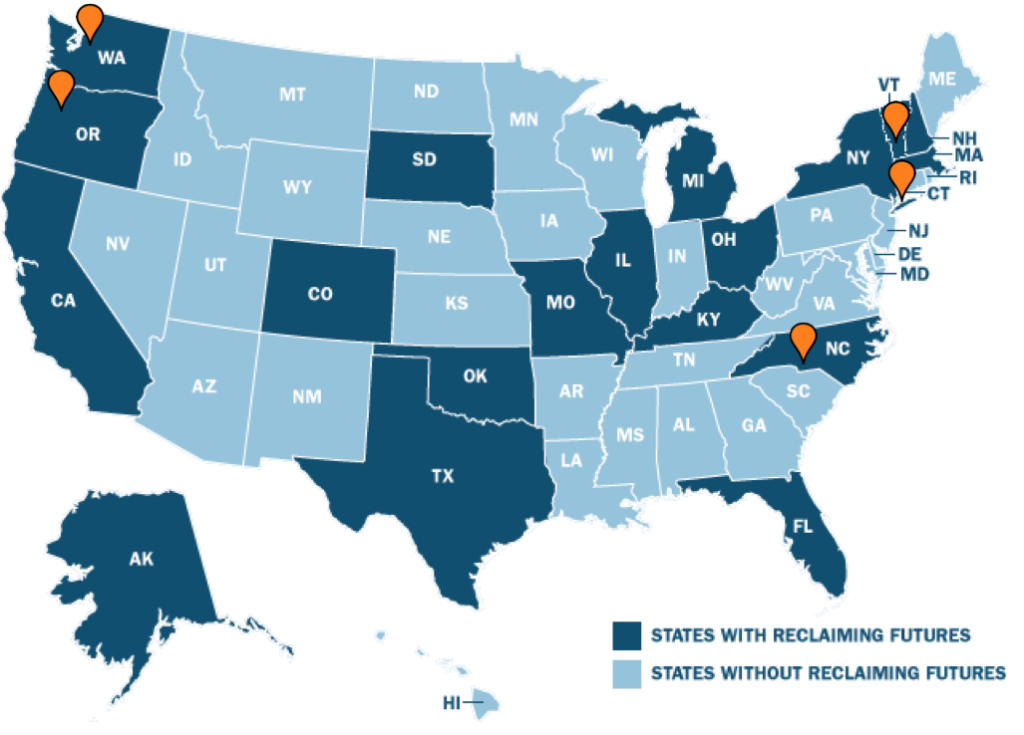
 Among all of the discussions regarding inequities in our legal system, there is one impacted group that is continually left out—survivors of violence and trauma.
Among all of the discussions regarding inequities in our legal system, there is one impacted group that is continually left out—survivors of violence and trauma. 
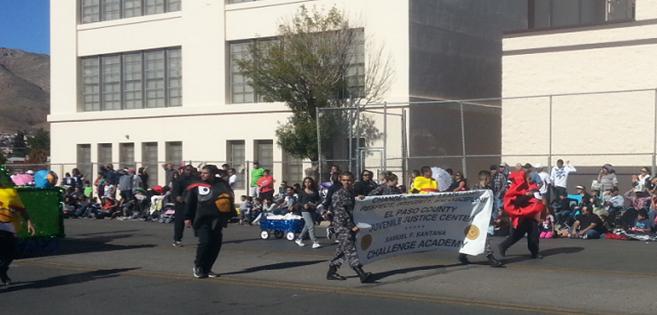
 A recent study from the
A recent study from the 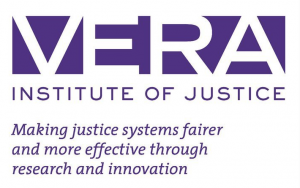 Vera Institute of Justice
Vera Institute of Justice We’re pleased to honor the achievements of Dr. H. Westley Clark in light of his recent retirement including his incredible impact on substance abuse treatment and commitment to the success of our young people.
We’re pleased to honor the achievements of Dr. H. Westley Clark in light of his recent retirement including his incredible impact on substance abuse treatment and commitment to the success of our young people.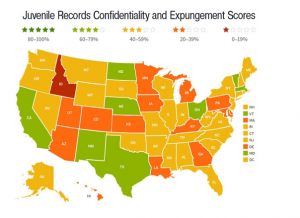 The
The 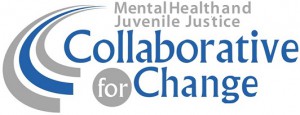 teens who have been involved in the juvenile justice system. This week and next, the
teens who have been involved in the juvenile justice system. This week and next, the 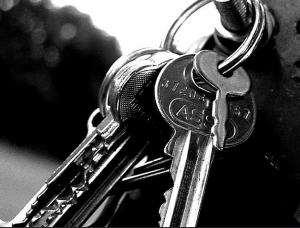 In 2002, Connecticut’s contracted rehabilitation programs for juvenile offenders were discontinued, as they were not producing the results necessary to justify their costs.
In 2002, Connecticut’s contracted rehabilitation programs for juvenile offenders were discontinued, as they were not producing the results necessary to justify their costs.